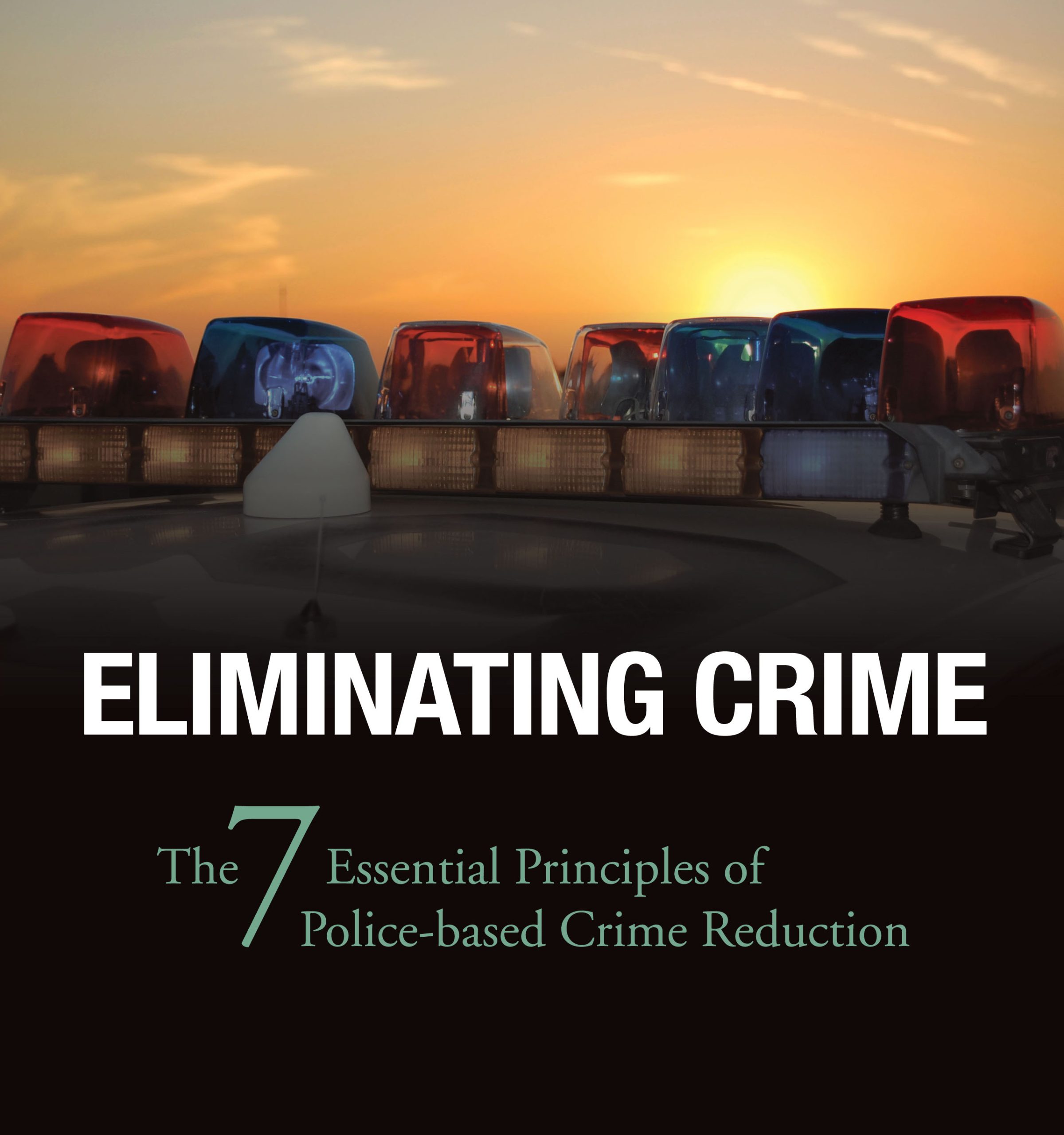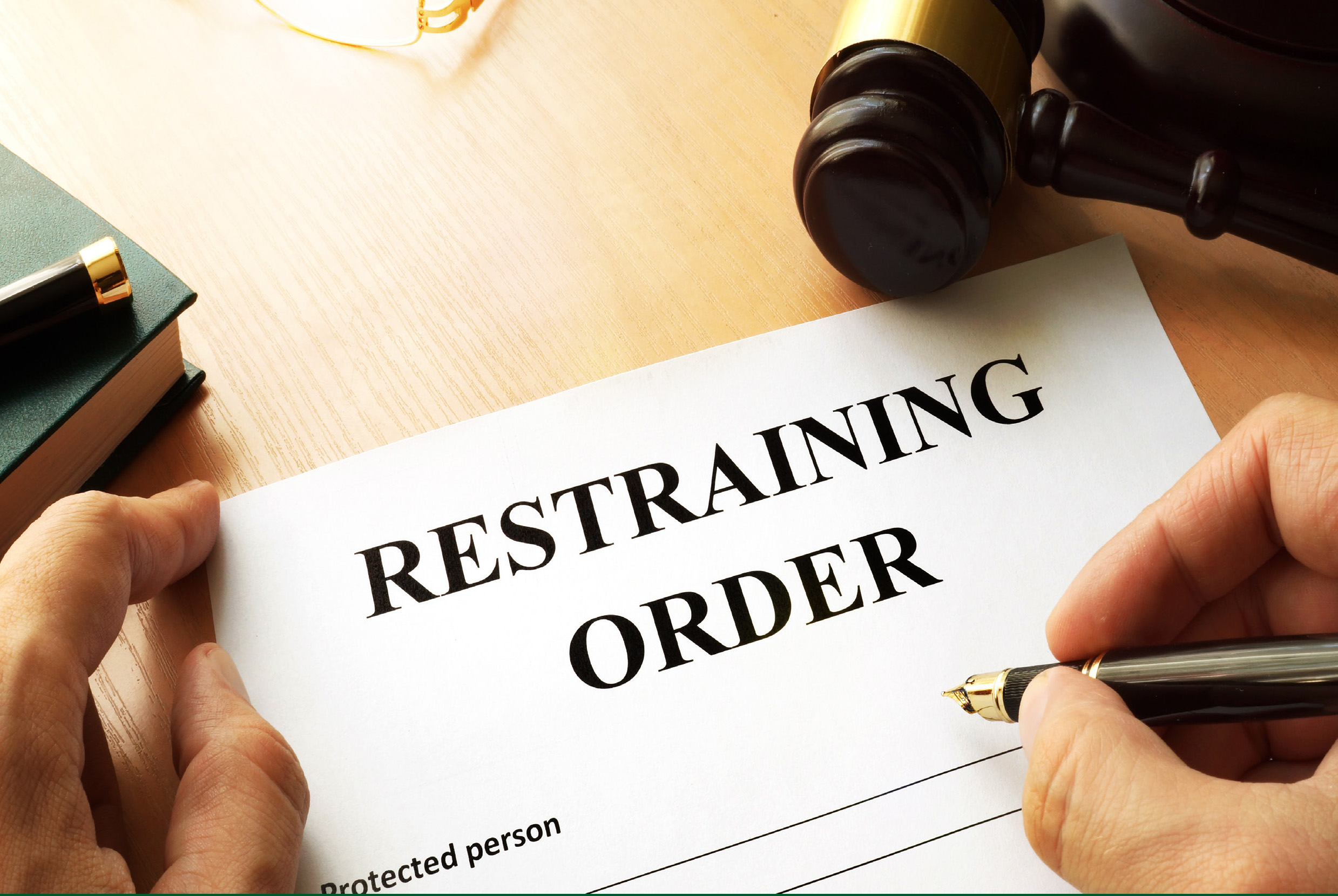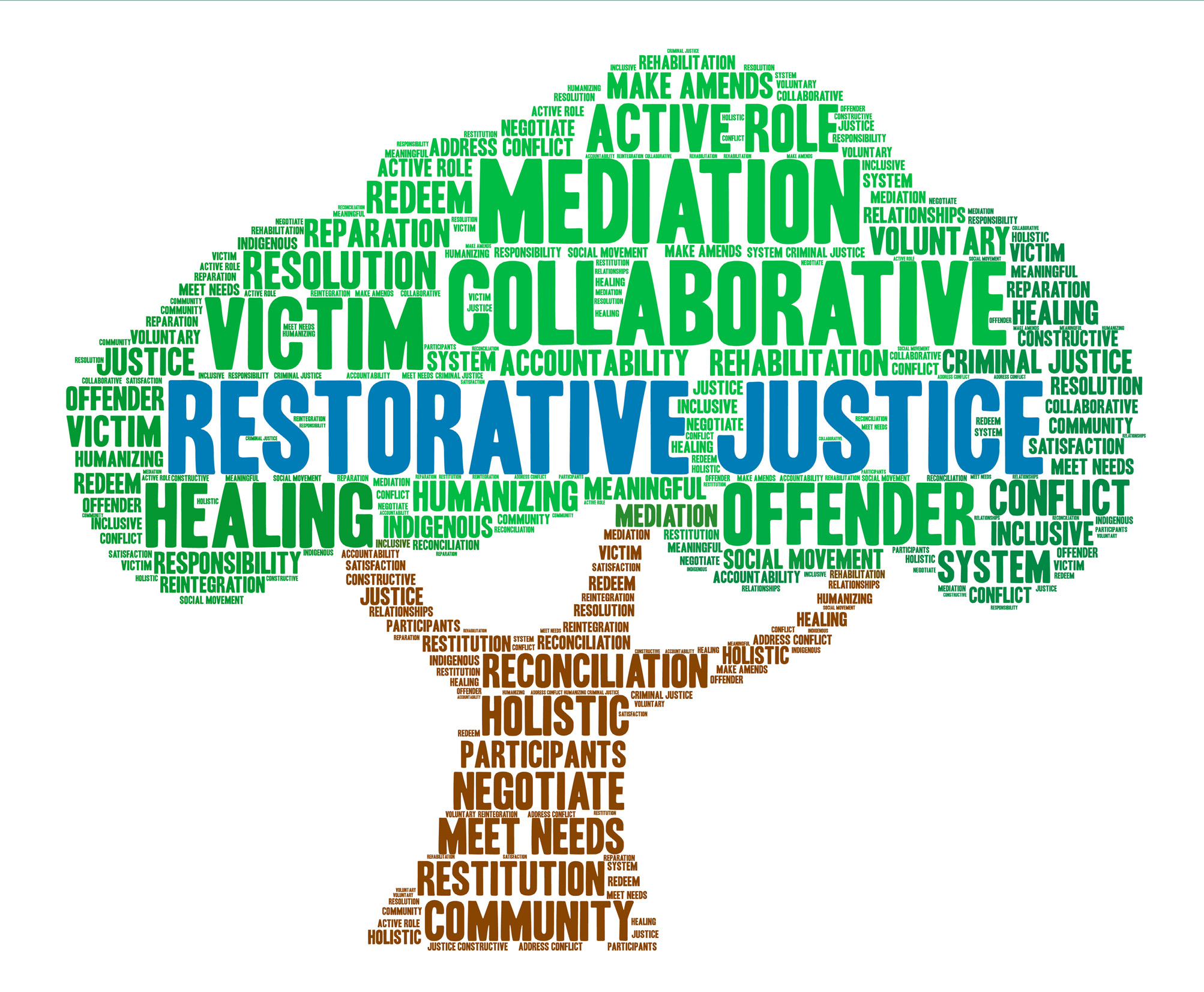Eliminating Crime: The 7 Essential Principles of Police-based Crime Reduction
Here is a book that provides the tools for any police organization to drive down crime. It sets out the proven principles for making a community safe. It will allow police leaders and agencies to design their own strategies to solve the unique challenges to make any community safe.












